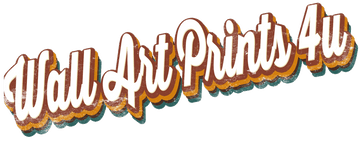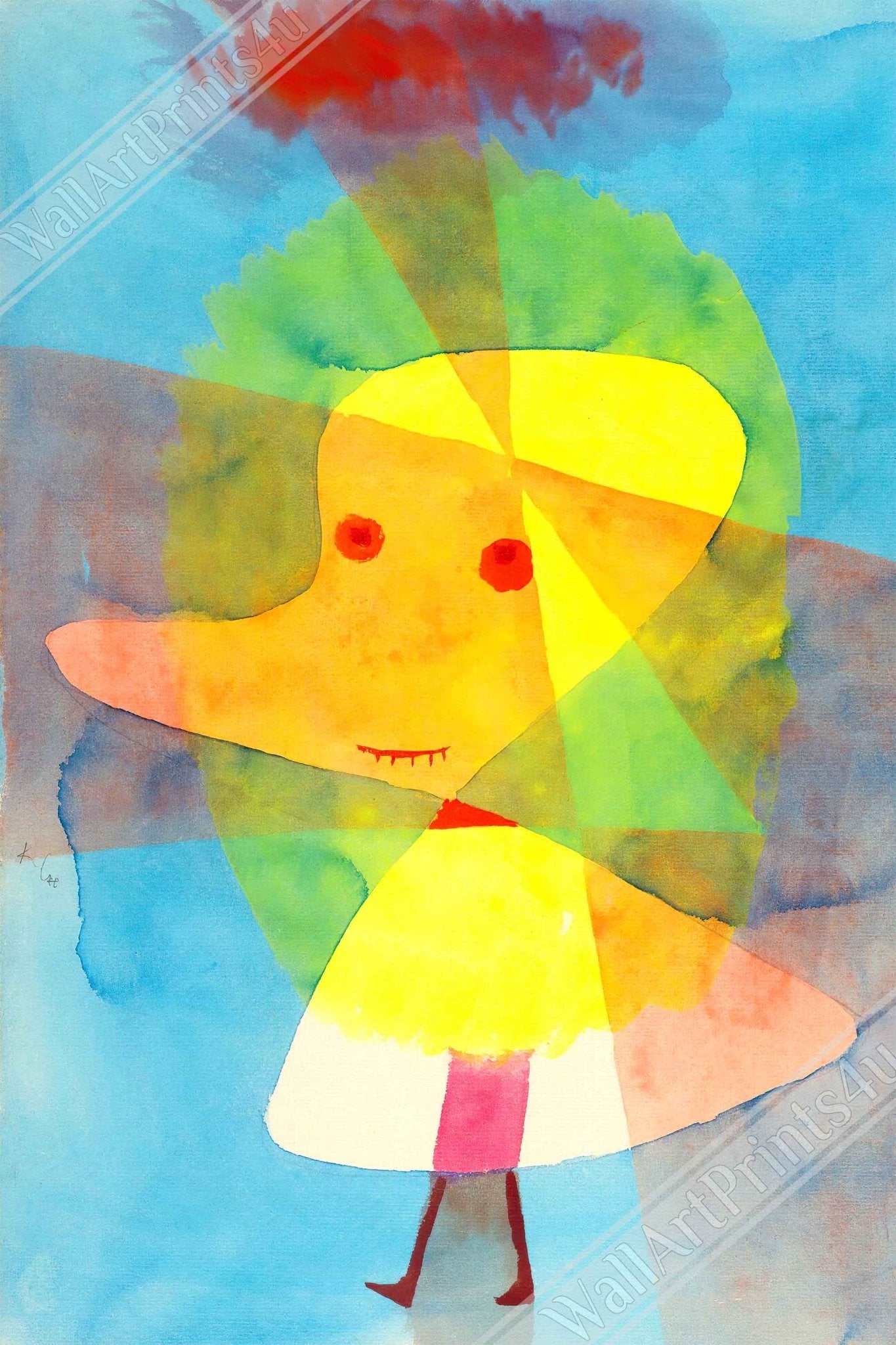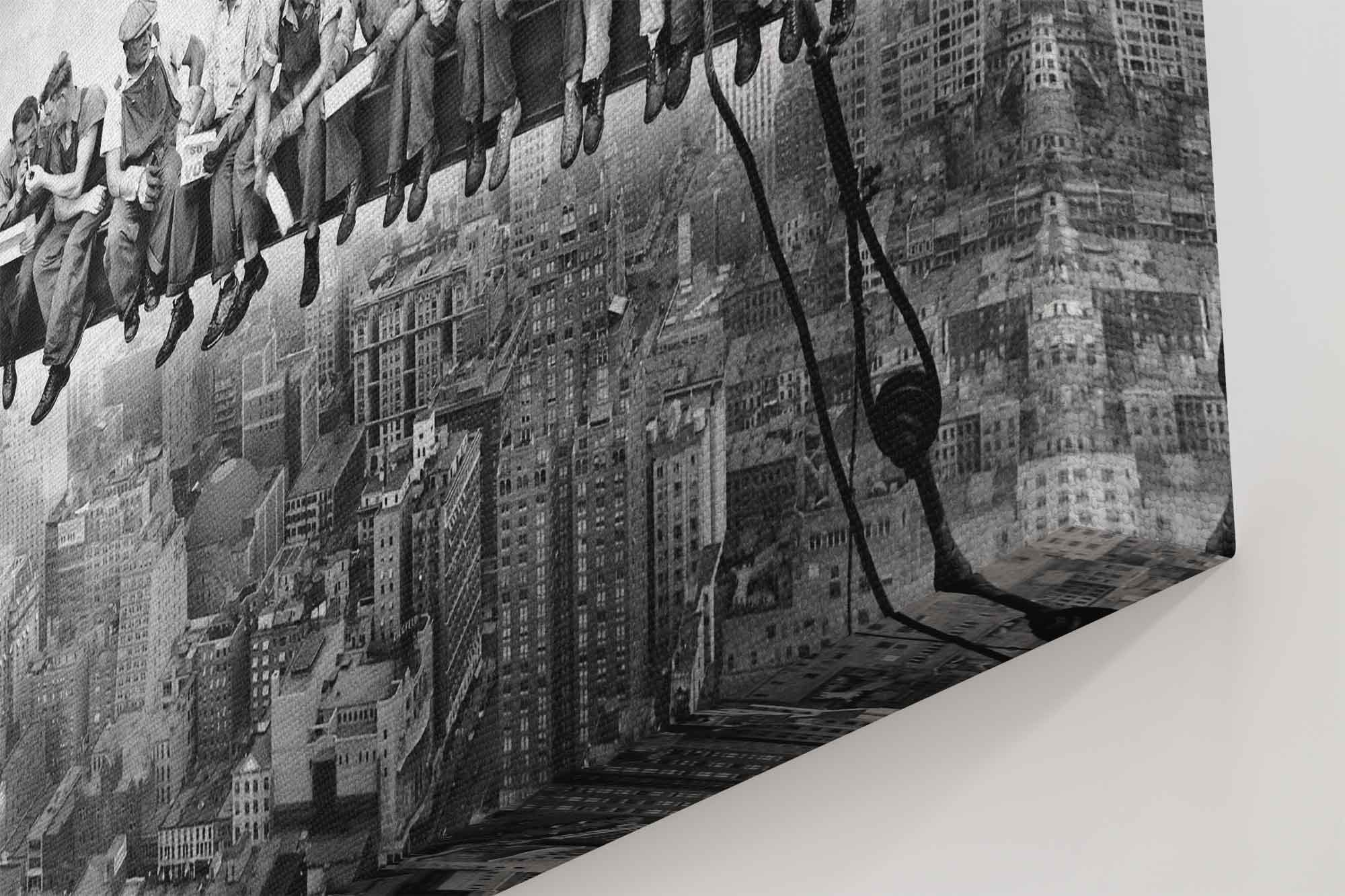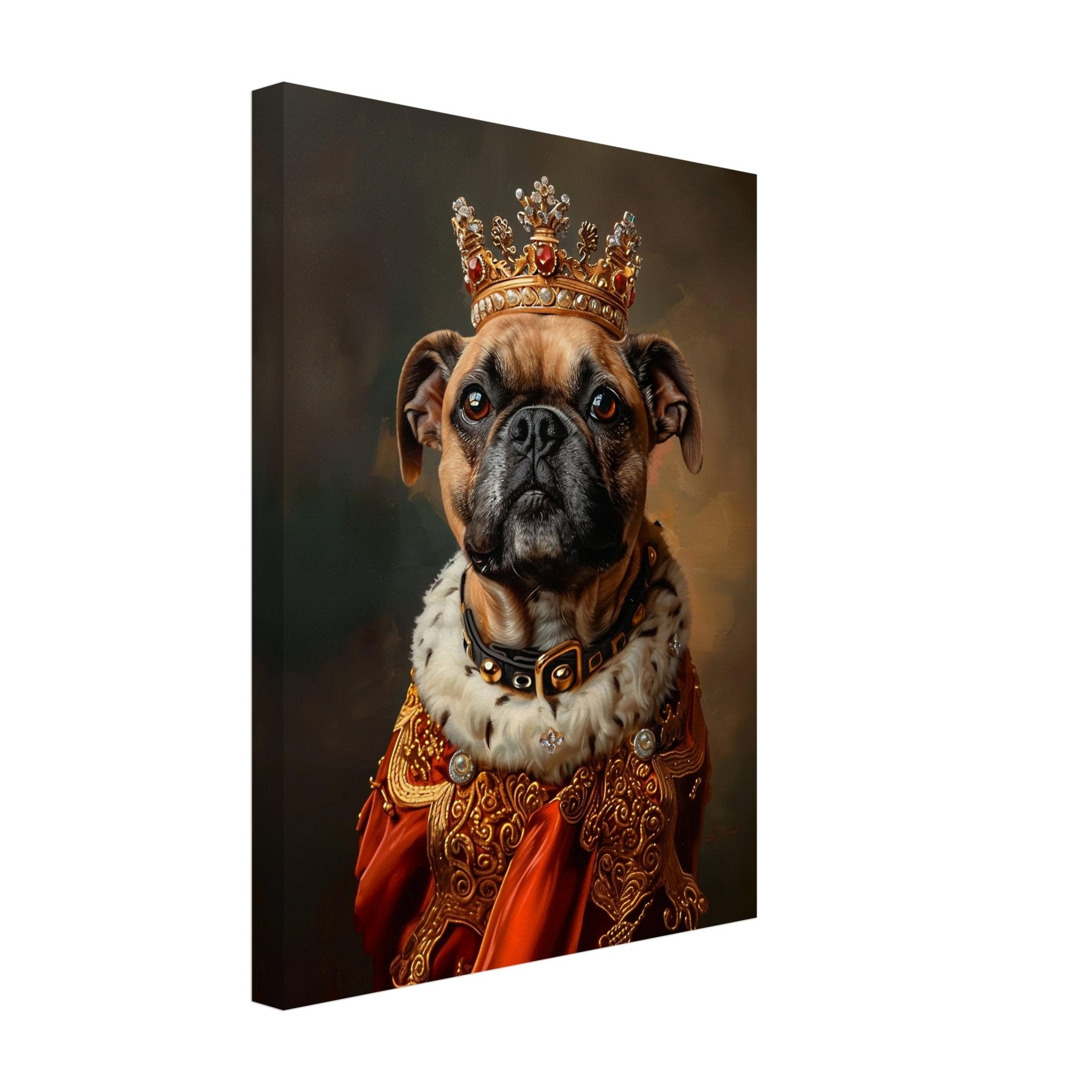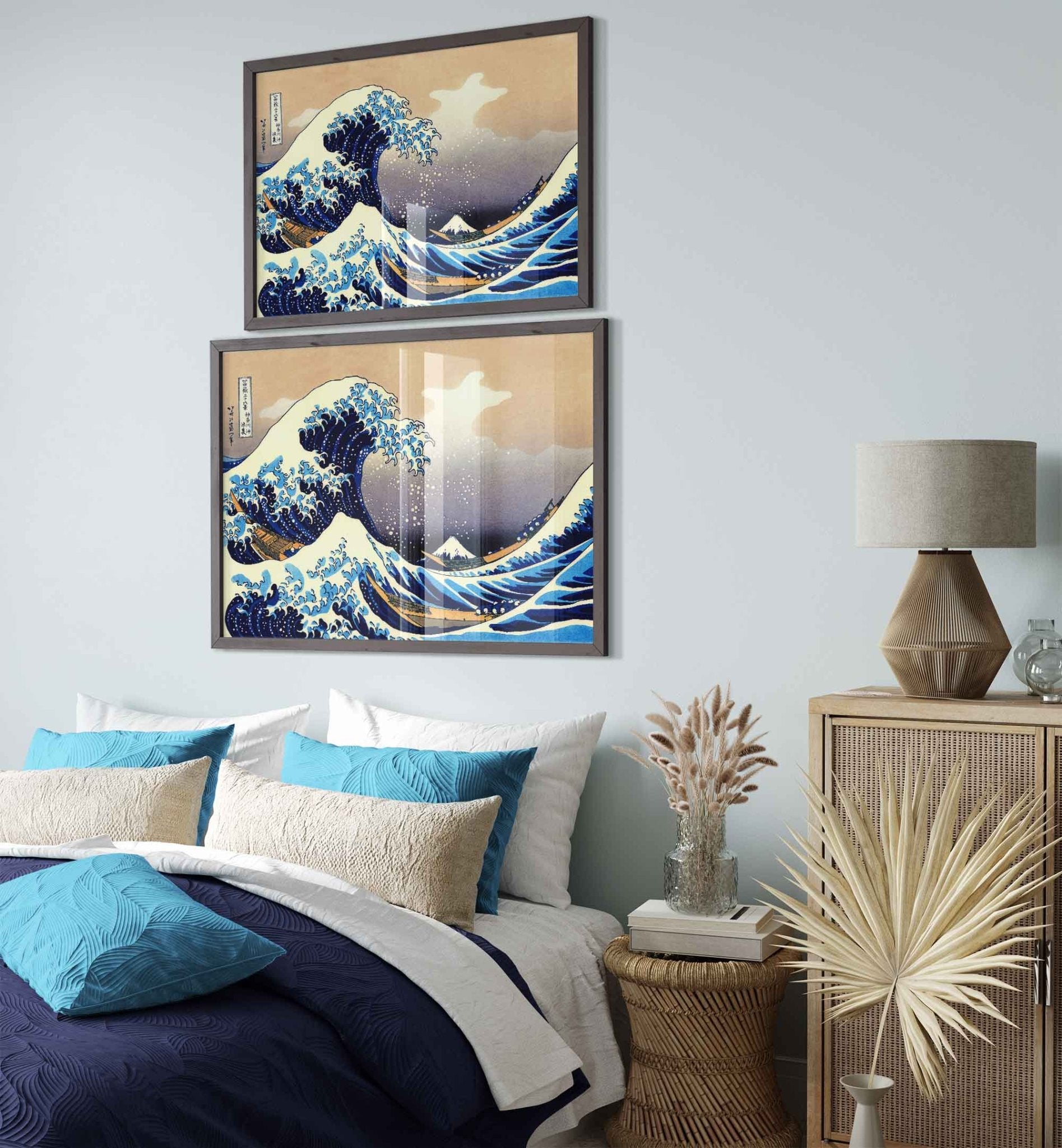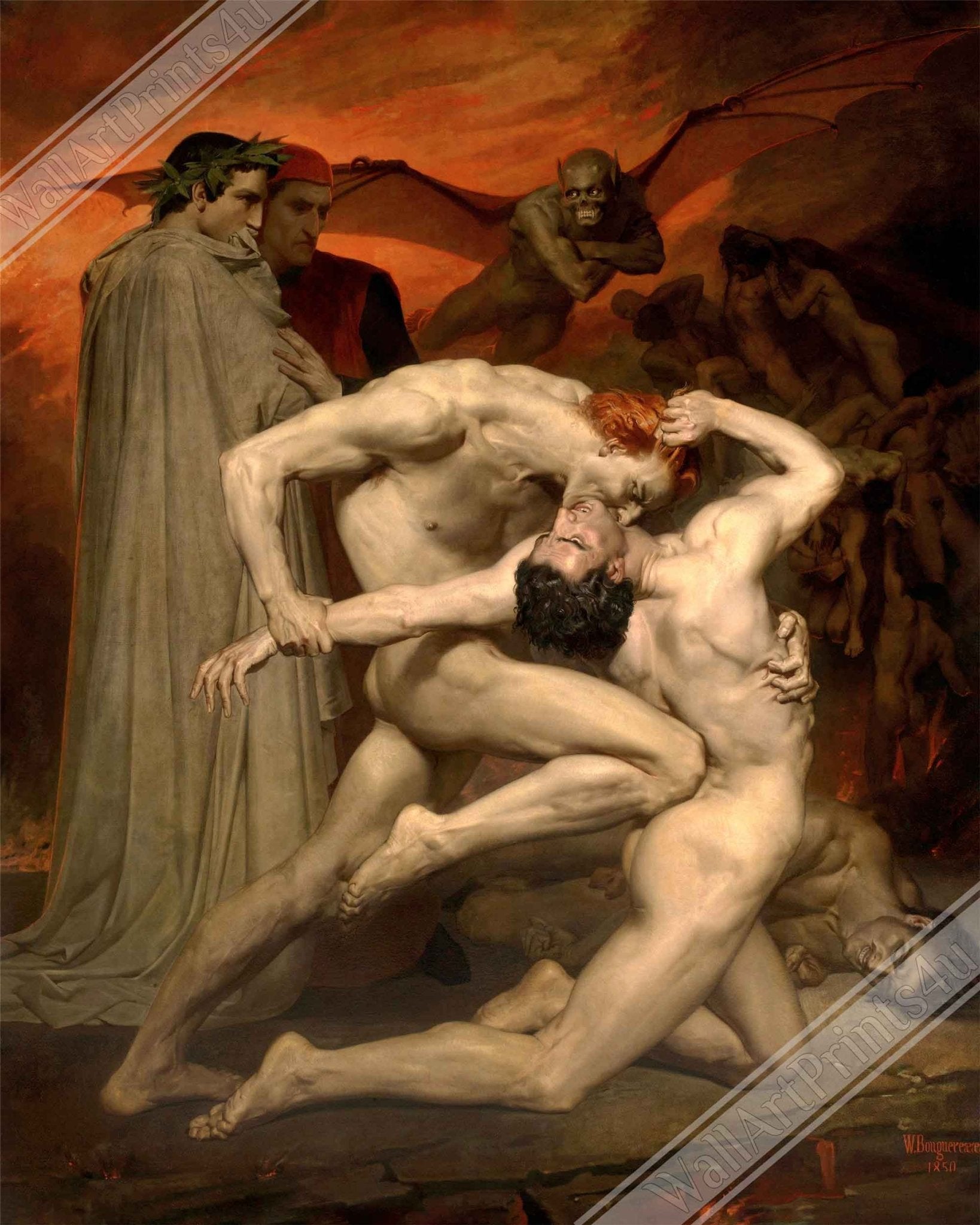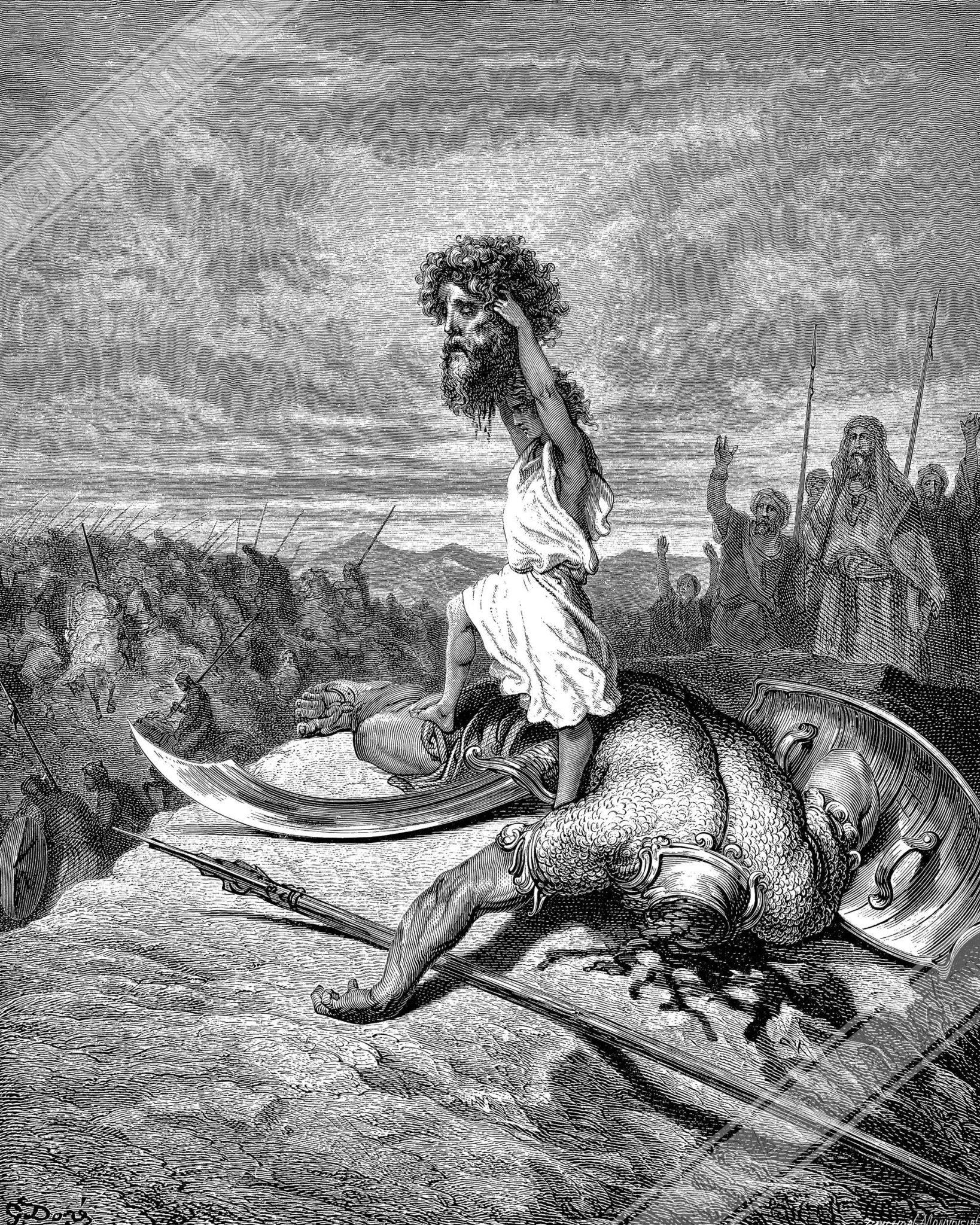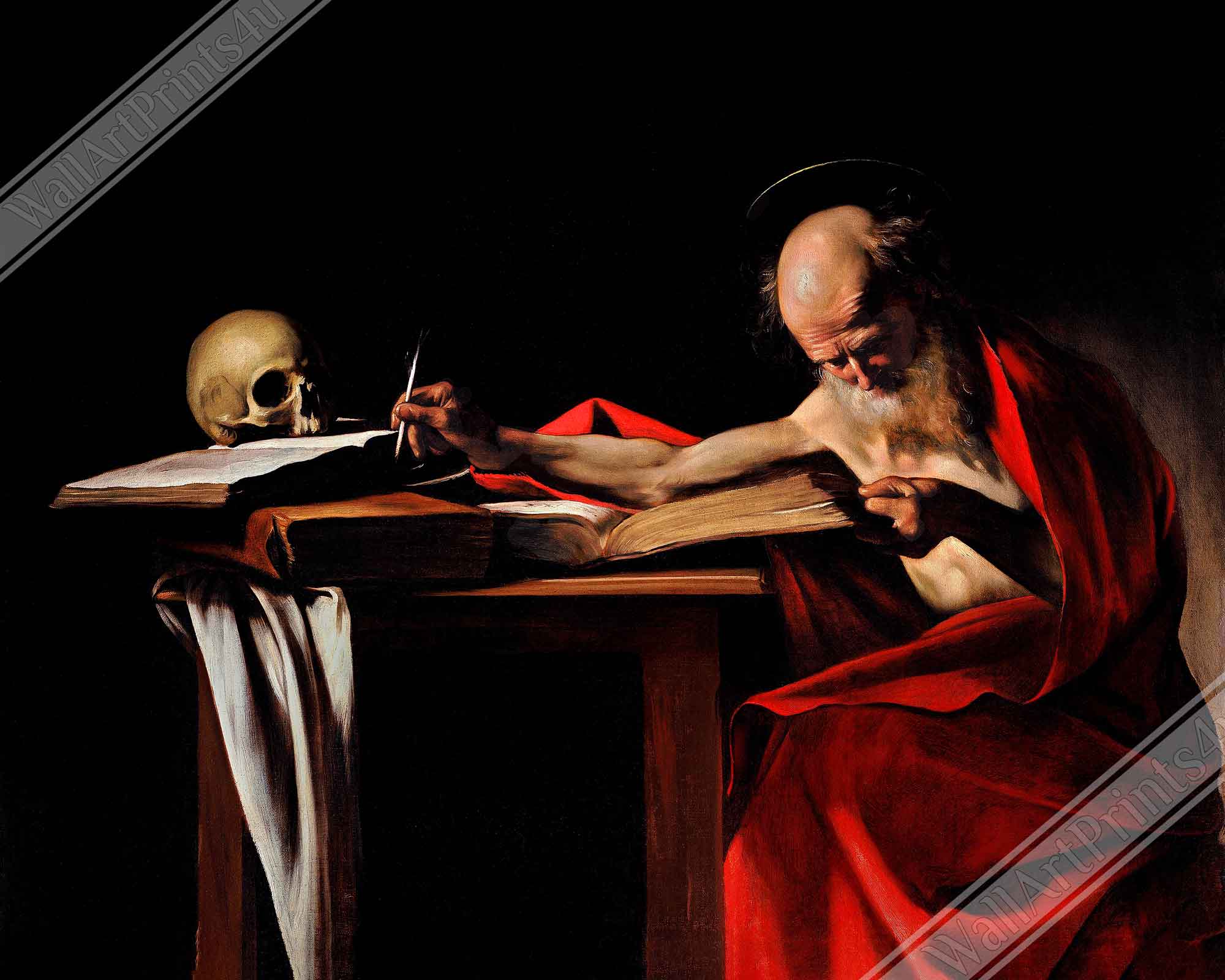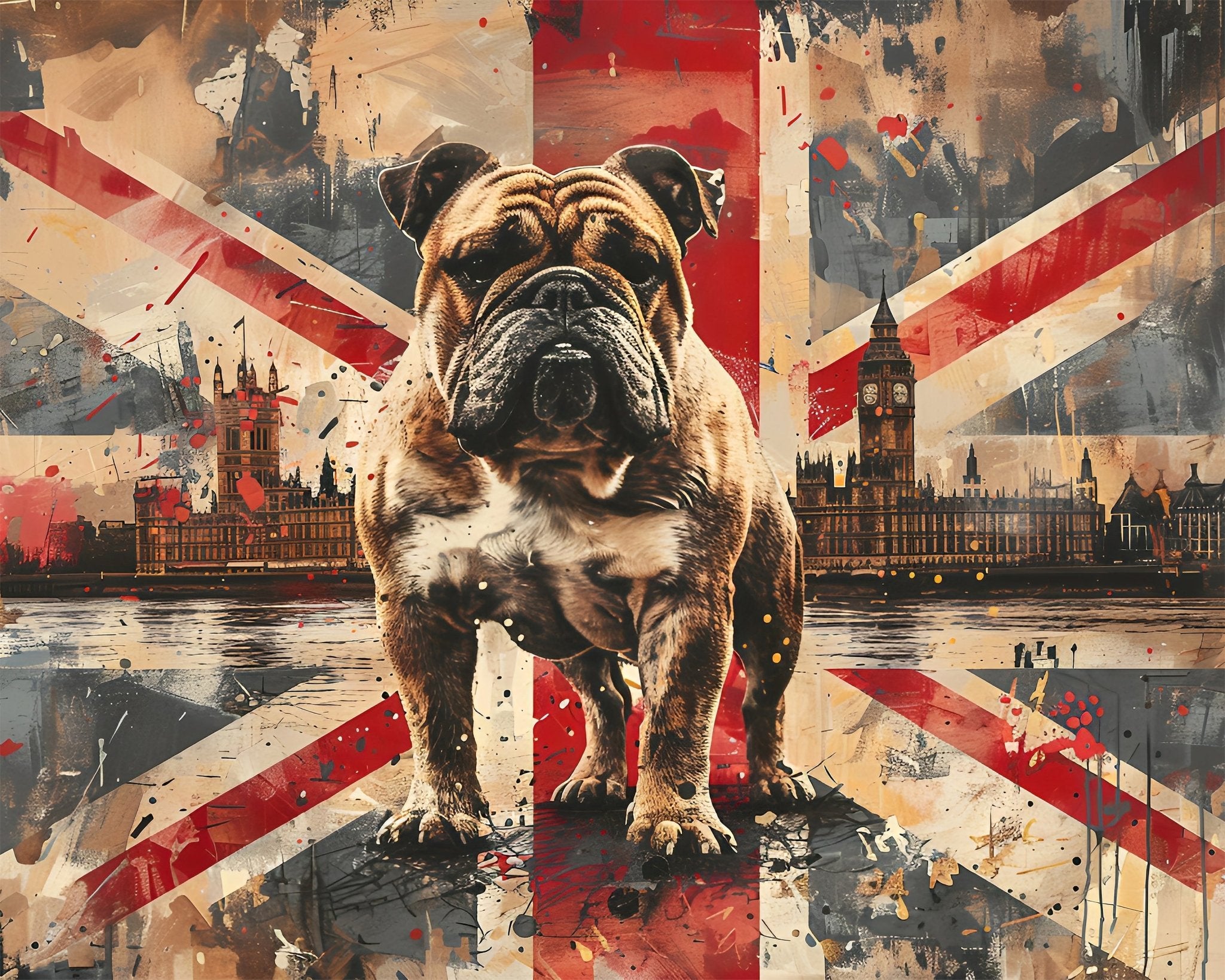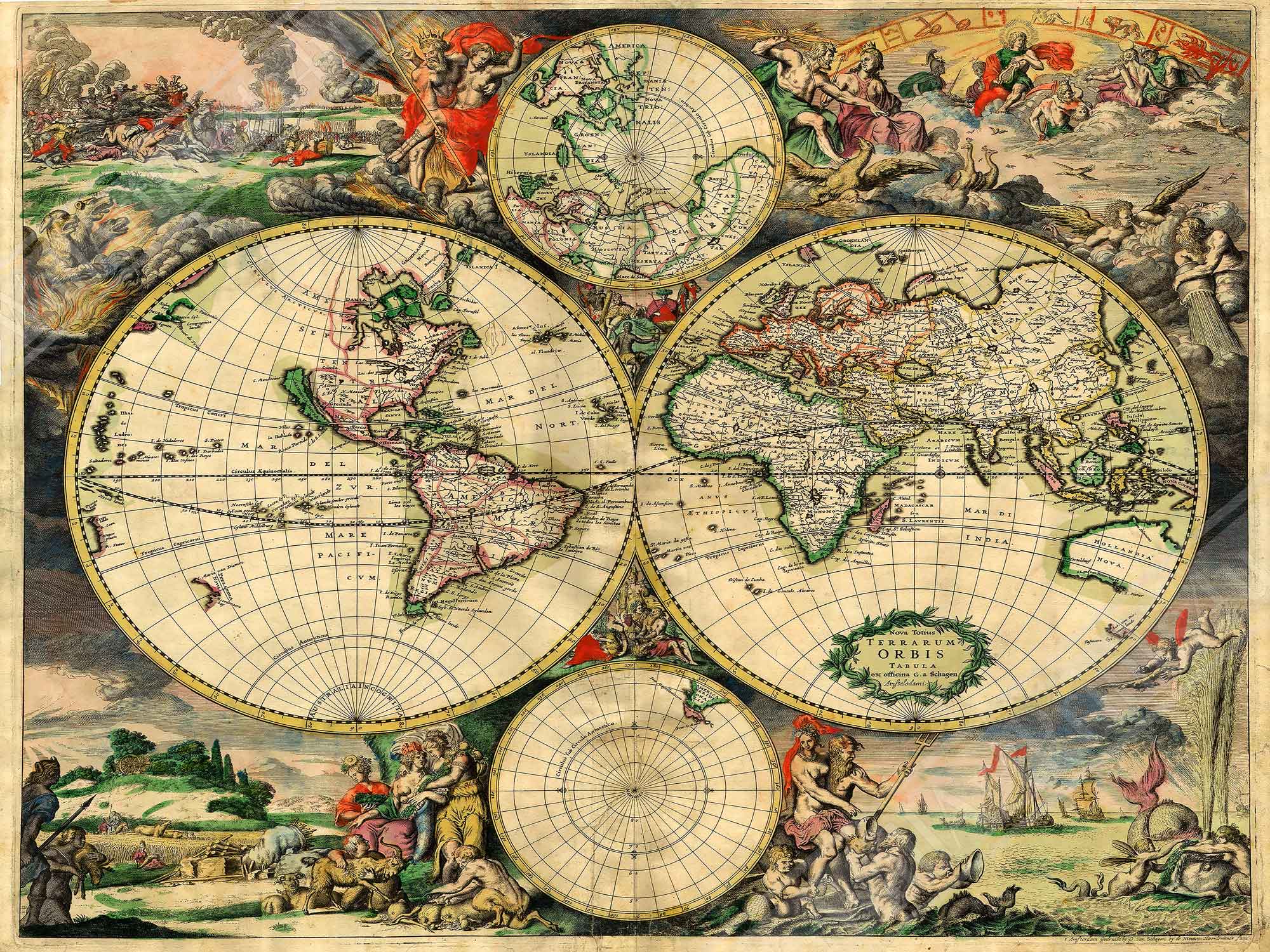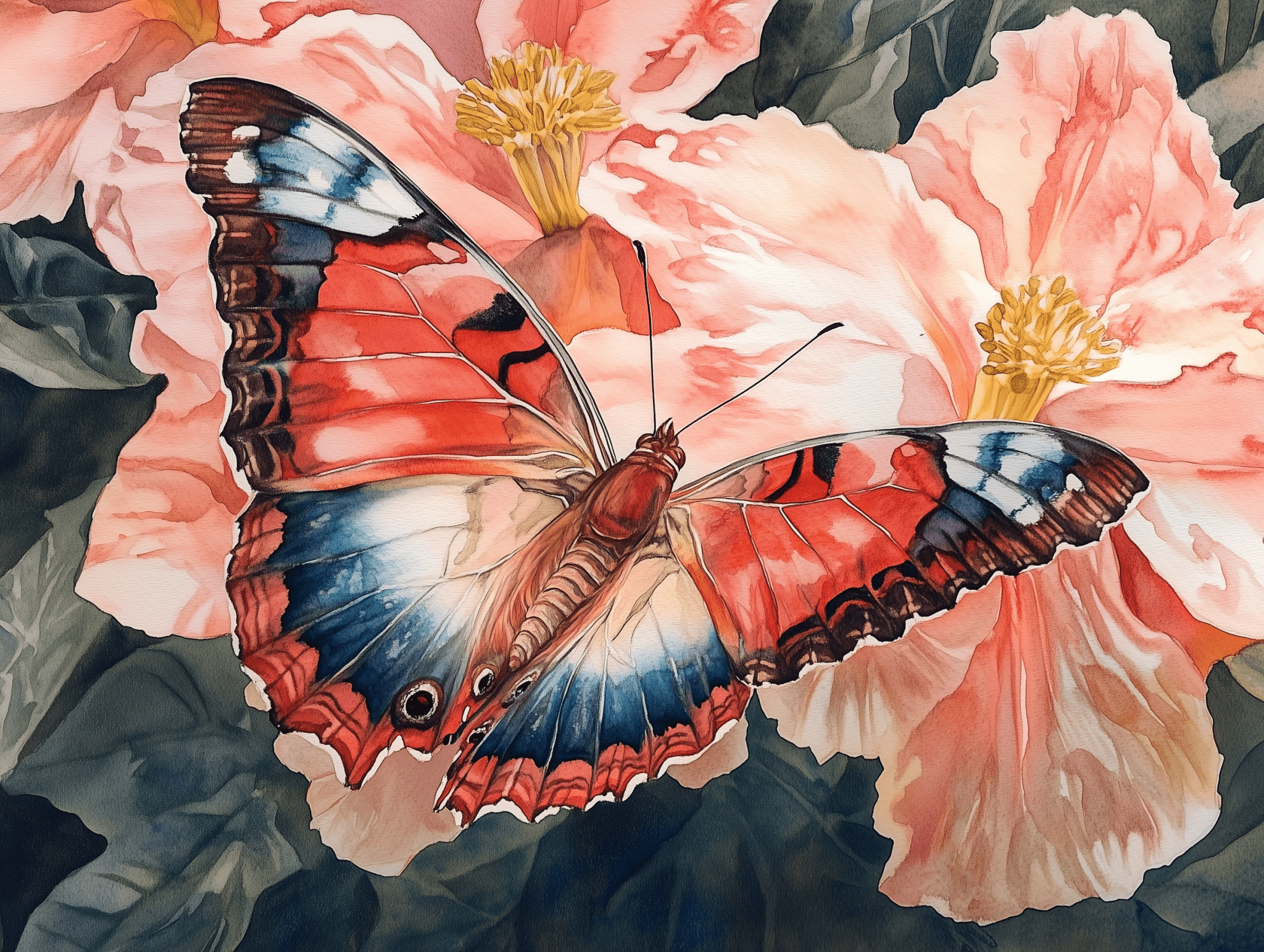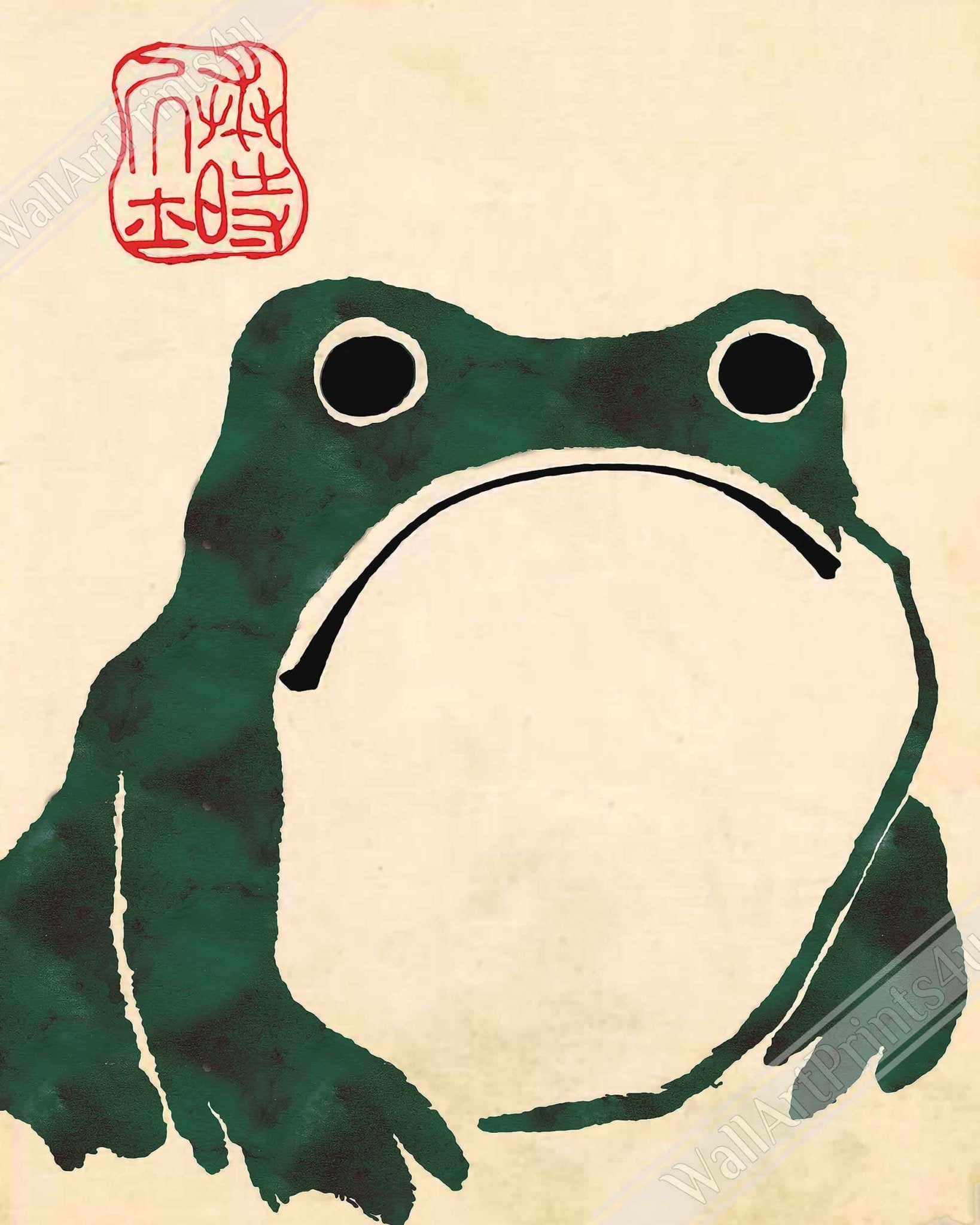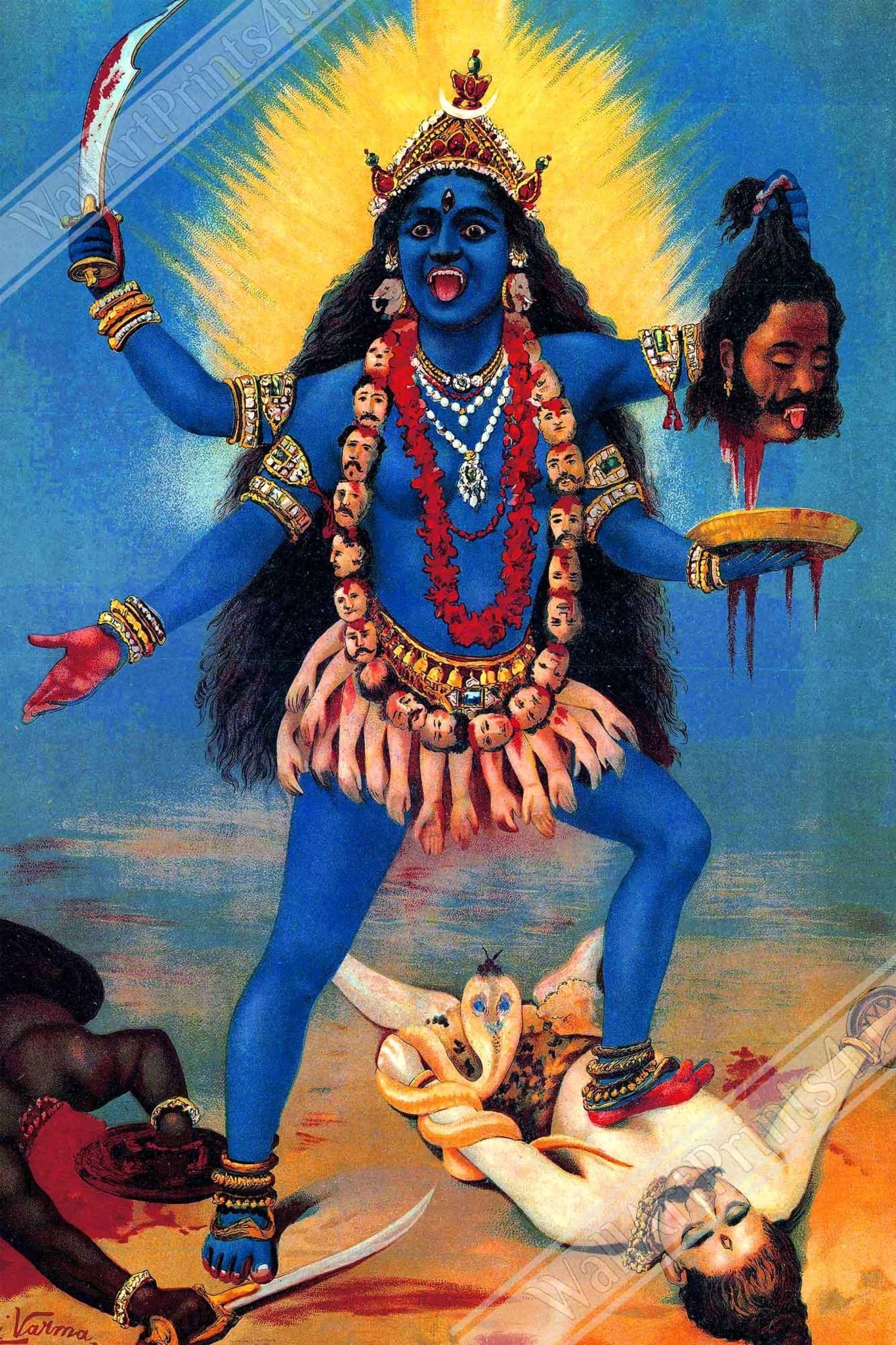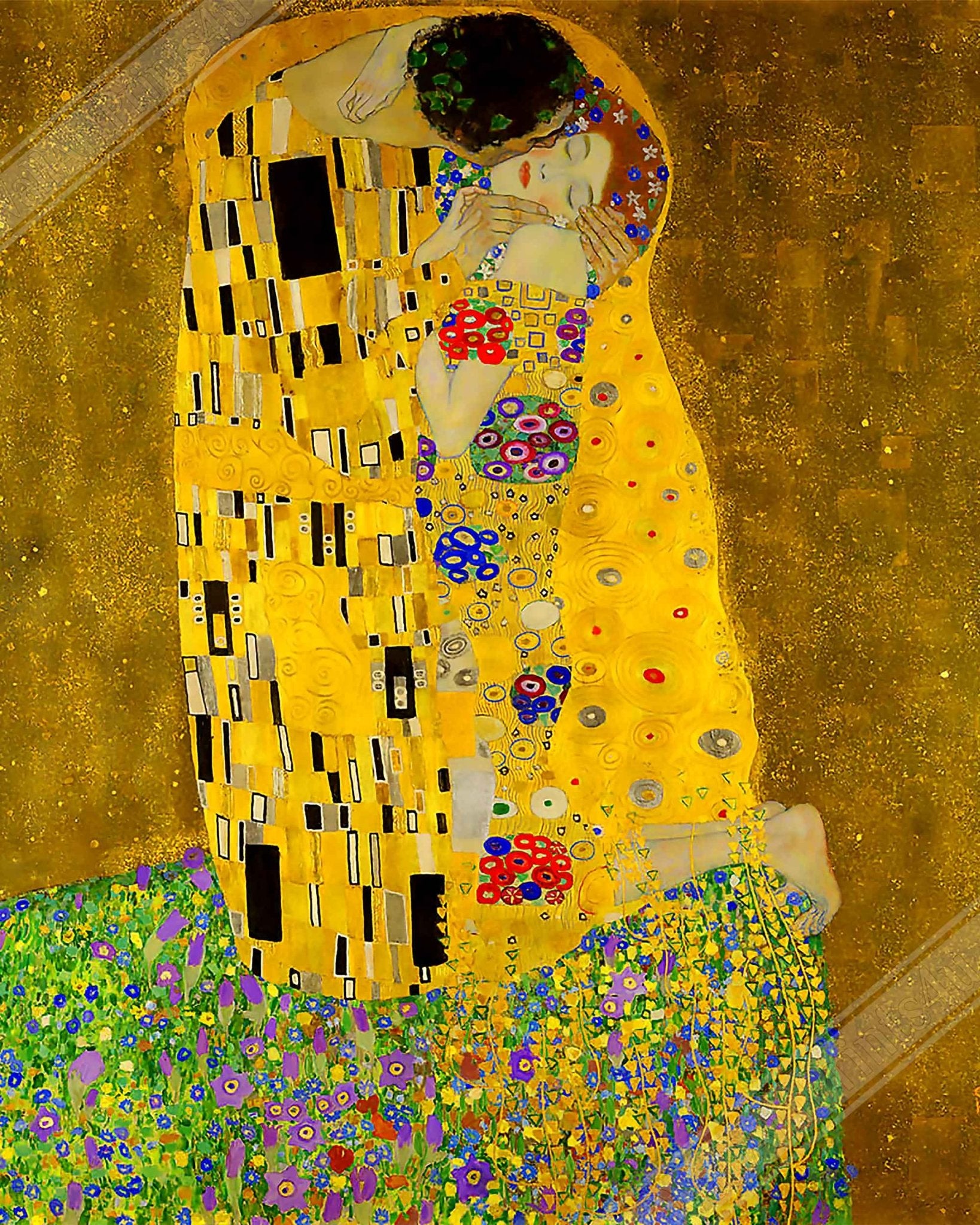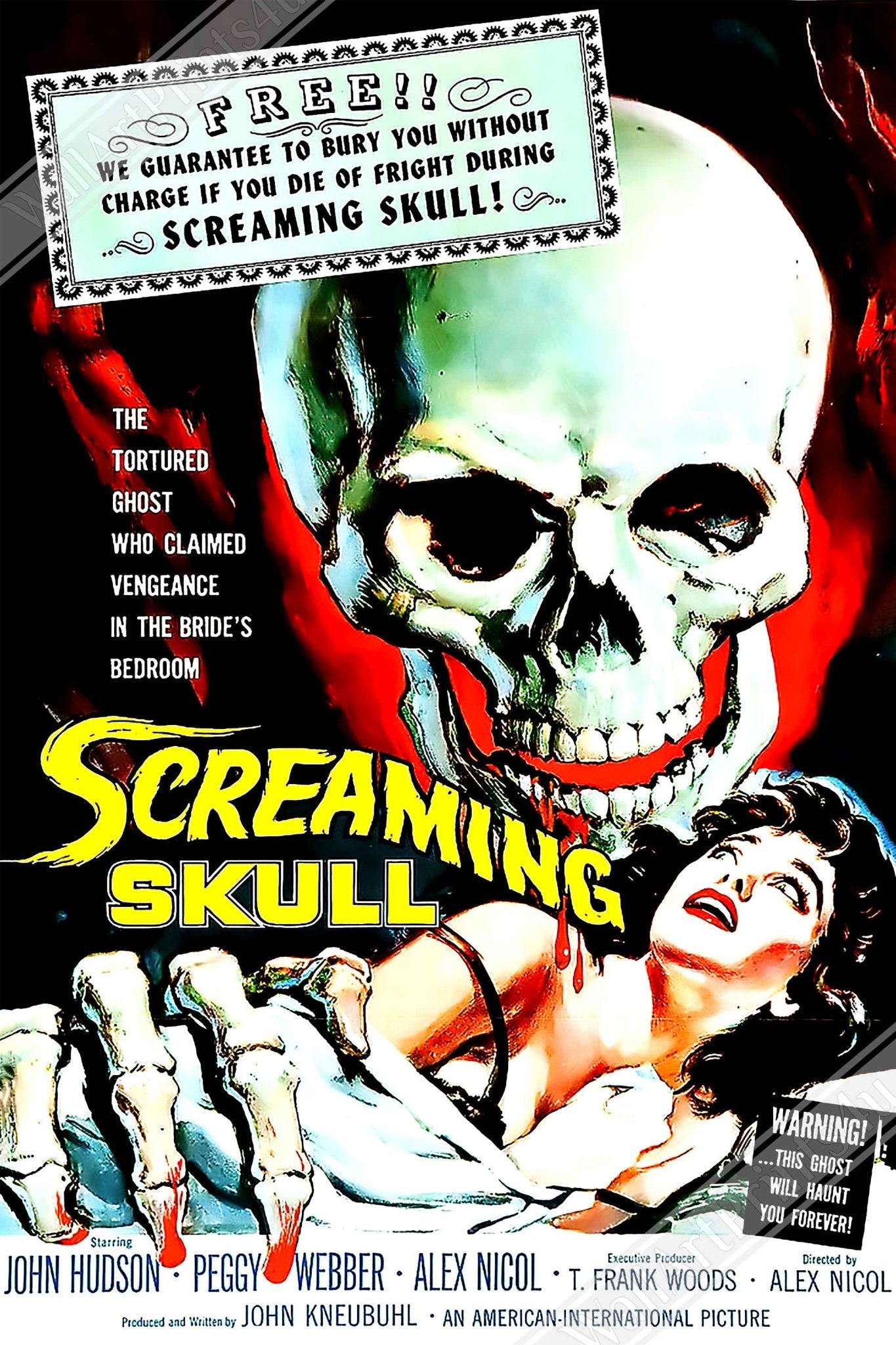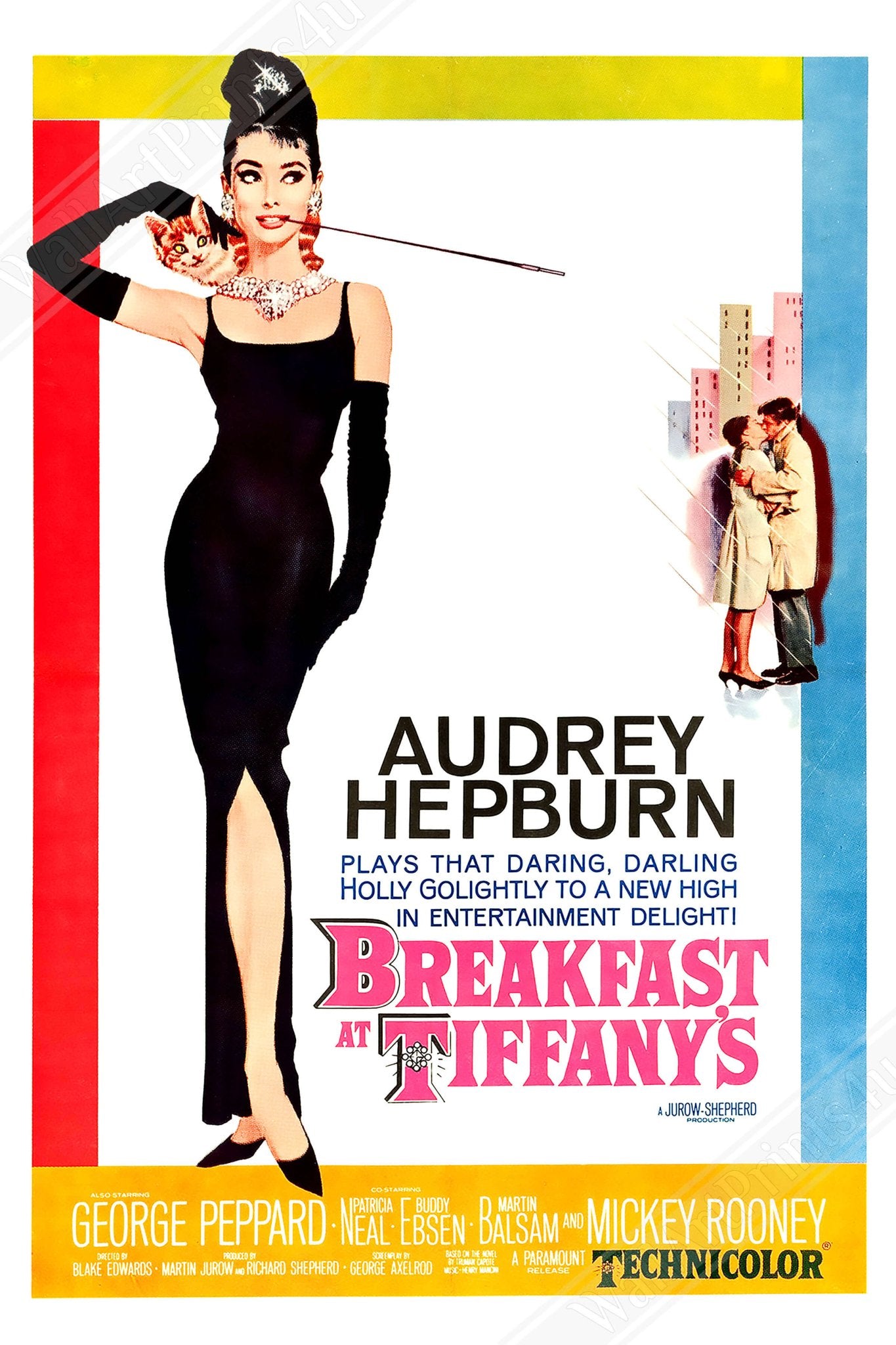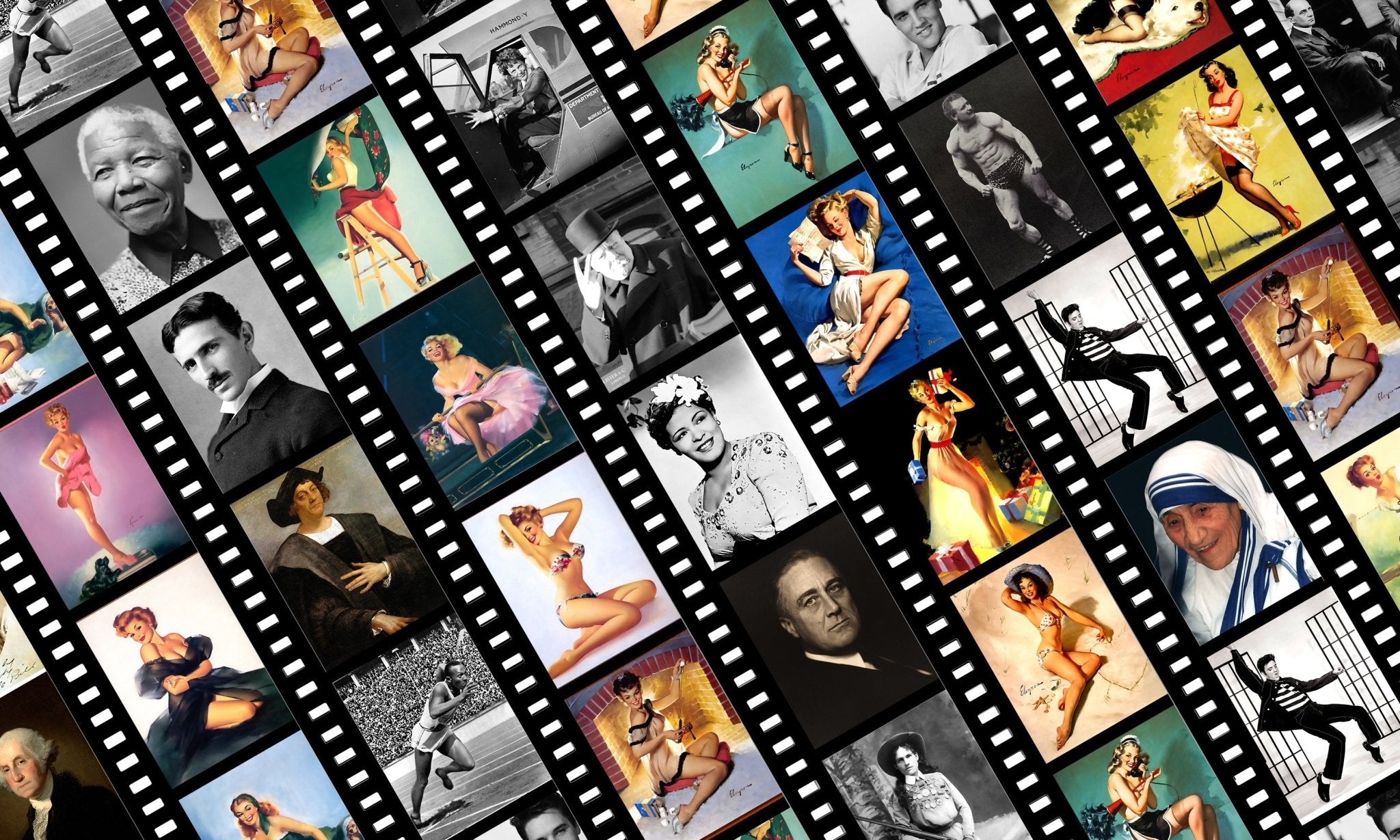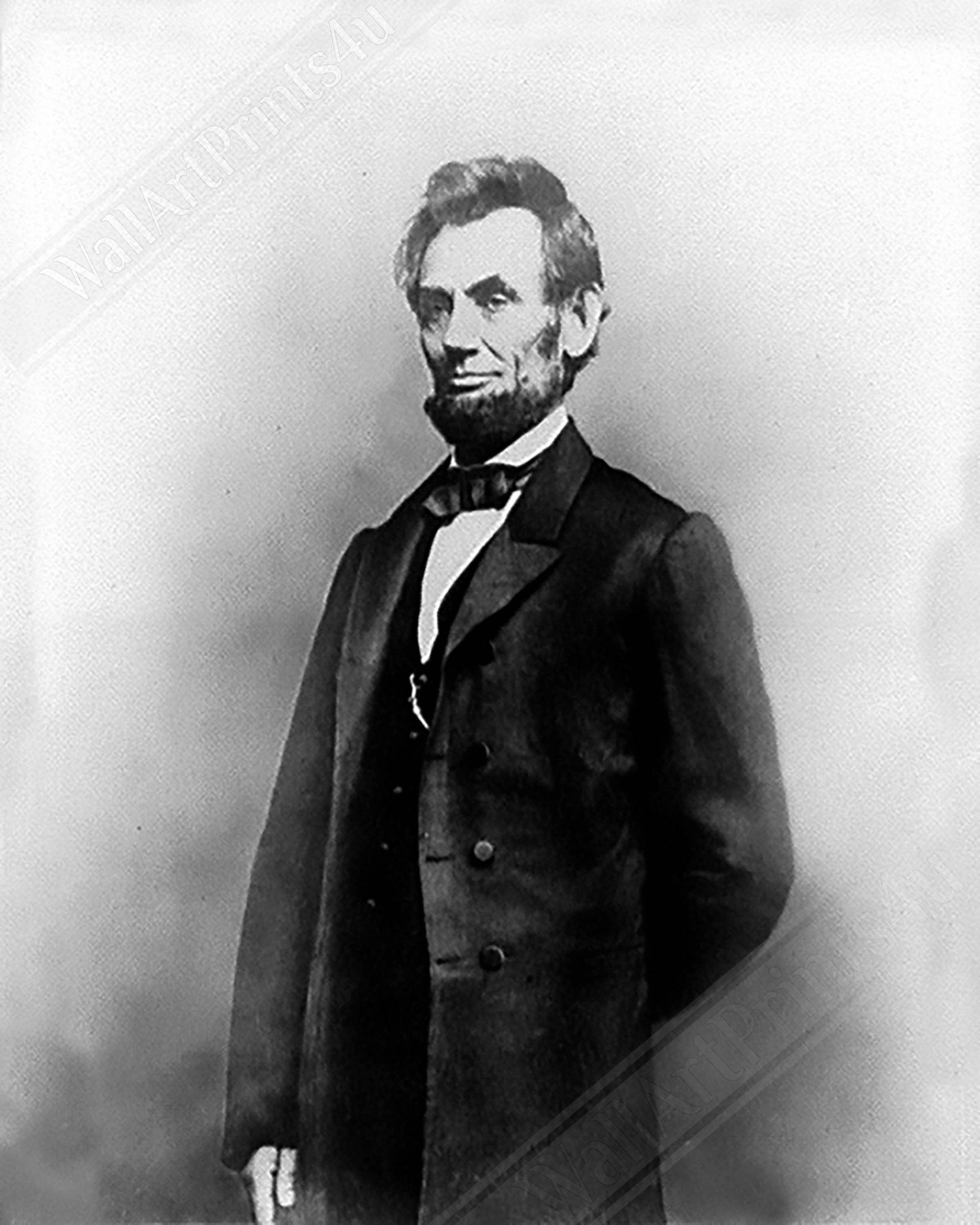From the swirling acid-trip posters of the 1960s to today’s mind-bending AI-generated visuals, psychedelic art has never stopped evolving. It’s more than just a style—it’s a reflection of altered states, bold rebellion, and visionary creativity. This post traces the journey of psychedelic art across six decades, showing how its core has remained the same even as the tools have changed.
1. 1960s: The Birth of Psychedelia
The counterculture movement of the 1960s gave birth to a new visual language—bold colors, warped typography, and surreal imagery inspired by LSD and transcendence.
✔ Concert posters, especially from San Francisco’s Fillmore scene
✔ Artists like Wes Wilson, Victor Moscoso, and Stanley Mouse defined the style
✔ Visual echo of music, politics, and psychedelic consciousness
2. 1970s–80s: Psychedelia Meets Surrealism & Fantasy
The '70s saw the rise of psychedelic fantasy art—dragons, cosmic dreamscapes, and album covers dripping with surreal color.
✔ Artists like Roger Dean (Yes album covers) and Mati Klarwein (Santana) flourished
✔ Art blended psychedelia with sci-fi and Eastern spiritual motifs
✔ Psychedelic visuals appeared in fashion, tarot, and even arcade games
3. 1990s–2000s: The Digital Psychedelic Revival
With digital tools came a rebirth. Artists used programs like Photoshop to remix the psychedelic aesthetic into fractal landscapes and visionary digital mandalas.
✔ Alex Grey and Android Jones became icons of the movement
✔ Trippy art returned to rave scenes, festivals, and spiritual gatherings
✔ Web-based artists pushed boundaries with animation and layering
4. 2010s–2020s: Instagram & New Consciousness
Psychedelic art became mainstream again through music festivals, wellness brands, and spiritual influencers.
✔ Art was now mobile-friendly—digitally optimized for phones and prints
✔ Themes included mindfulness, sacred geometry, cosmic feminism
✔ Trippy visuals reappeared on posters, yoga mats, NFTs, and digital downloads
5. Today: AI Joins the Psychedelic Movement
AI tools like MidJourney and DALL·E have added a new layer to the psychedelic art world. Artists now use prompts to generate dreamlike images with infinite variation.
✔ AI art blends surrealism, sacred patterns, glitch, and visual loops
✔ Trippy art now includes animals, gods, aliens, and neon spiritual scenes
✔ Tools have evolved, but the intention—expanding perception—remains the same
Closing Thoughts
Psychedelic art has always been about opening the mind—through color, contrast, symbols, and energy. Whether you're drawn to vintage 1960s posters or futuristic AI mandalas, the soul of the style is eternal: freedom, flow, and a little chaos.
